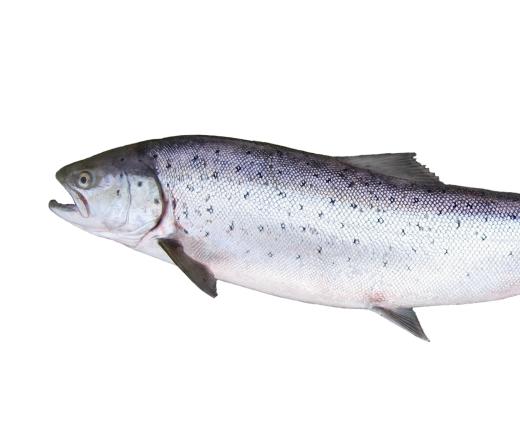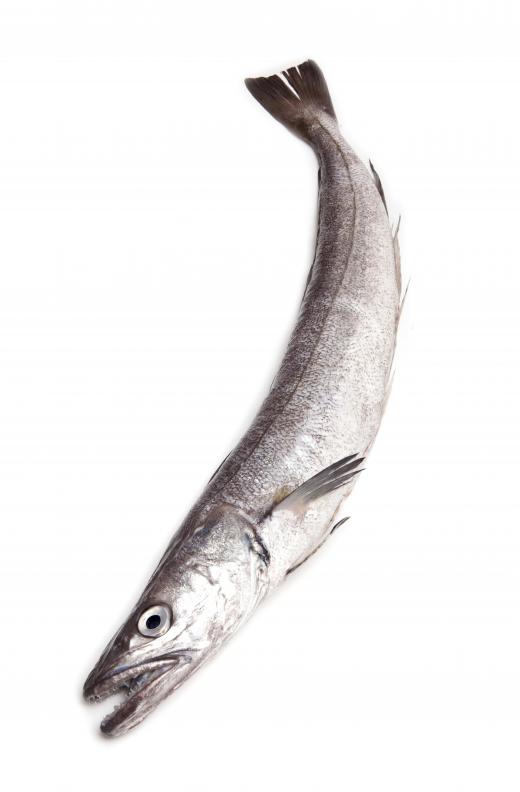A fish factory is a fish processing facility where many different species of fish are processed to be sold in the fresh fish and retail market. The fish species that are usually processed in a fish plant include salmon, tuna, herring, mackerel, cod, haddock, hake, and many others. The fish factories may either have special farming facilities to breed their own fish, or they may hire independent fishing trawlers to supply them with fish. They may also have their own trawlers for this purpose.
Since fish are perishable commodities that can deteriorate quickly, it is necessary to preserve them until they can be taken to be processed in a fish factory. Many fishing vessels have freezers to store the fish, and some large fish processing companies even have a fish factory or a cannery row on the fishing vessel itself. Such a factory ship can deliver canned goods directly to the retail industry. Given the rising demand for fish around the world, there has been a corresponding rise in larger and better equipped fish factories.

There are different stages in fish processing. The raw fish is usually first sorted and then it may be preserved as is or it may be skinned and gutted. The fish is then filleted, graded, cut, and trimmed. Depending on how the fish is to be sold, it may be frozen, salted or precooked for preservation. The fish that is to be sold in the retail trade is usually sent to be canned in the cannery row.

Processing fish in this way is not a new concept. There are many instances in history of fishing vessels having specialist fishermen on board to process the fish, or having the fish processed as soon as possible in a coastal fish processing center. Archaeologists have found a Roman fish processing plant in Baelo Claudia in Spain. This fish factory was used to process the Spanish garum fish and it was then exported to Rome.

With increasing fish consumption in modern times, there is a concern about over-fishing and depleting the natural fish populations. To prevent this from happening, many fishing companies either breed their own fish or agree to follow a strict fishing quota. It is also mandatory nowadays for a fish factory to get a food safety certification to show that they are following the correct and hygienic procedures in getting their fish products ready for the consumer market.
